Partner Onboarding 101: Onboard with Confidence

Whether you've started an affiliate, referral, or newsletter referral program, partner onboarding is a crucial step in building a successful partnership. This ensures that both parties are aligned and well-equipped to achieve mutual goals.
How do your partners work for you? For many e-commerce and SaaS businesses, partners (or channel partners) help to generate leads and sales revenue each year. That's a pretty important job.
That's why you want to ensure your partner onboarding process for your partner program is structured and contributes to the success of your partner program and overall company. Every new partner is a new opportunity for your business. Businesses should make the most out of this.
Otherwise known as channel partner onboarding, partner onboarding is an essential part of a partner journey and overall partner success. Here is our 101 guide to onboarding partners with confidence.
What is partner onboarding?
Partner onboarding is the process of integrating new partners into your business. At this stage of the journey, your partners get to know more about your product or service to promote it to their audience or network.
In these first few weeks, you are welcoming partners into your company. Partners are an extension of your business. Essentially, businesses must communicate, guide, and support new partners from the moment they sign up so that they can quickly reach the milestones that you've outlined. Typically, these are conversions such as x amount of referrals per month.
Other than reaching goals, supporting your new partners from the start can help a new partner feel engaged and motivated to help promote your products. Remember, the trick is to make it as easy as possible to help you sell your product or service.

From Rethink Ideas
Think IKEA. If you've ever built IKEA furniture, you probably read simple instructions and wanted to be able to build it in the first 10 minutes. Partner onboarding is no different. IKEA instructions are the equivalent of partner onboarding when it comes to partner programs.
Make the onboarding process an easy one. This also helps in retaining new partners, attracting more channel partners, and the overall growth and success of your partner program!
Why is partner onboarding important?
Partner onboarding is the foundation of a partner journey. It is also the first step in building a positive partnership (or partner relationship). When you have a structured partner onboarding process, partnership management (or partner management) becomes much easier.
Partnerships are also an extension of your marketing, demand generation, and sales teams. When you think about it like this, partner onboarding is very similar to employee onboarding. According to Brandon Hall Group's study for Glassdoor, employee onboarding boosts retention of new hires by 82%. On top of that, strong onboarding processes improve the productivity of new hires by more than 70%. What does this mean for partner onboarding and new hires?
Getting the onboarding process right is important if you plan to scale your program. When you have many partners to onboard, you'll thank your past self for doing the work.
How partner onboarding benefits your business
Here are some benefits of having an organized partner onboarding process:
1. Educates partners
Onboarding training empowers your partners with the knowledge they need to succeed, boosting their productivity and driving growth for your business.
2. Builds stronger relationships
Successful partners are more likely to be engaged and loyal. They will contribute to long-term customer satisfaction, leading to increased profitability. This is especially true for channel partners in the SaaS world.
3. Accelerates productivity
Effective partner onboarding enables new partners to become productive faster by providing them with the necessary tools and resources to hit the ground running.
4. Reduces cost
By delivering comprehensive partner onboarding, you can minimize the need for ongoing support and guidance, reducing costs in the long run.
5. Keeps your brand clean
Onboarding training ensures that your partners sell your products and represent your brand effectively, aligning them with your vision and values.
7. Simplifies communication
Through the onboarding process, you can efficiently communicate product updates to your partners, enabling them to effectively promote the latest features and benefits to end customers.
8. Ensures governance and compliance
During the channel partner onboarding process, governance and compliance are particularly important. This is especially true if your software or e-commerce business deals with private data. Today, there are many data regulations in place and it's important that your partners remain compliant, too.
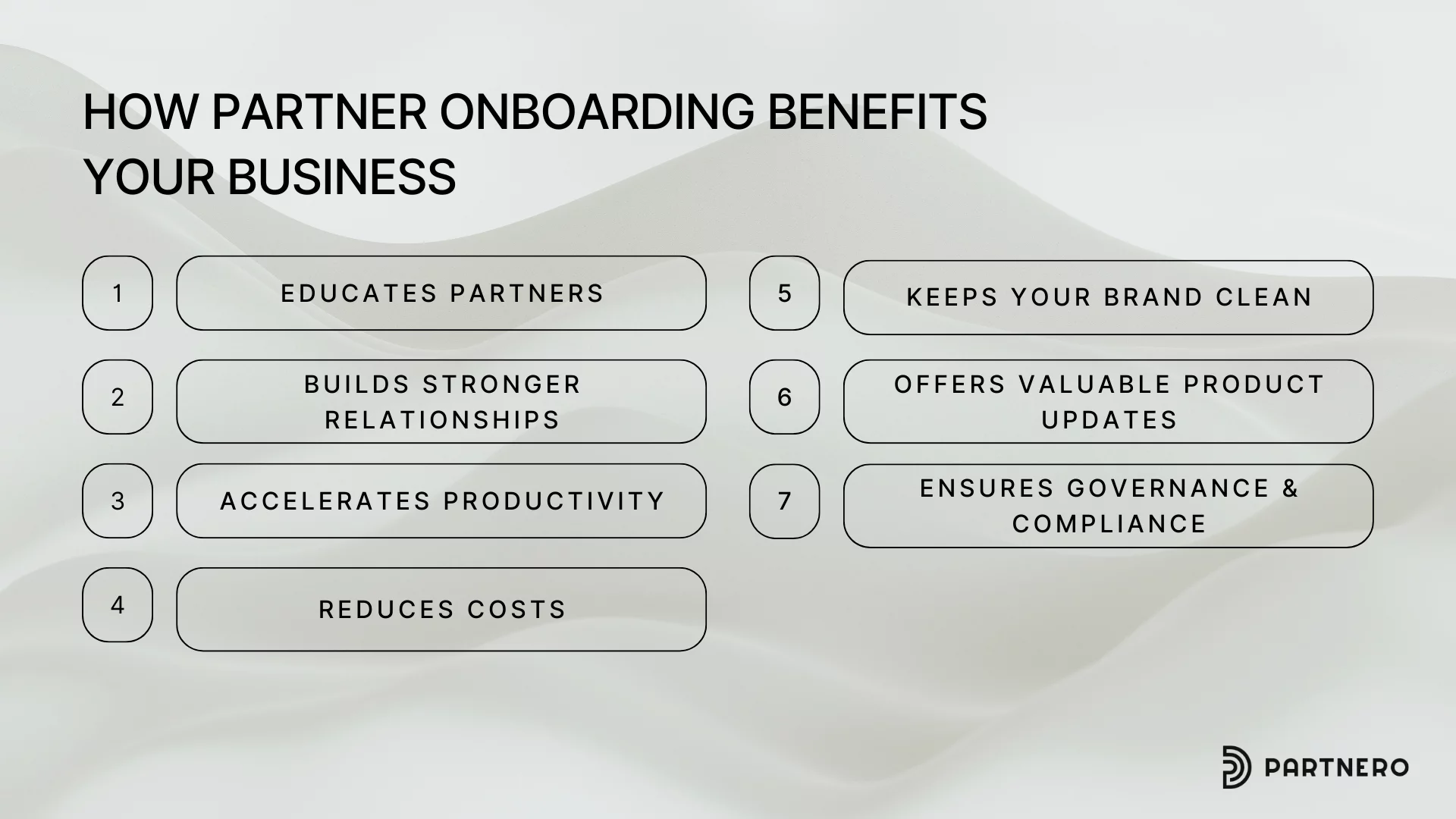
What should your partner onboarding process look like?
Partner programs are put in place for both the companies and partners to achieve mutually beneficial results, but how do we get there? Here are some best practices.
1. Prepare a comprehensive welcome package
Make a positive first impression by providing partners with a comprehensive welcome kit that showcases your involvement and proactive communication. Your checklist may include:
Materials such as a welcome letter and a partner onboarding guide
Onboarding schedule, kick-off call, and regular follow-up meetings
Partner program framework (may explain more about branding, incentives, tiers, and additional rewards)
Partner portal guidelines
Training and certification courses
Contact information
Sales enablement and other marketing materials or creative assets (logo, banners, etc.)
FAQs
2. Customize partner portal experience
This is where technology comes in. It's important to pick the right partner relationship management platform (PRM software) or partnership management (PM) platform for a world-class onboarding process and partner experience (PX) like Partnero. In Partnero, you can easily update your partner portal without ever needing the help of a developer.
Guide new partners through your partnership management platform. Be patient. New partners are new users! Highlight its unique features and offer support or learning sessions. Schedule follow-up meetings to address any questions or challenges they may encounter. Partner engagement is crucial to a great partner onboarding experience.
You should also encourage active engagement with the partnership management platform to track the progress and success of your affiliate or referral program.

3. Performance tracking and feedback
This leads us smoothly to implementing a system to track partner performance and provide regular feedback. Set up performance metrics, dashboards, and reporting mechanisms to track progress. Once again, this is where technology is important. Make sure that your chosen platform has these capabilities.
Partnero, for example, can track partner performance and offer well-timed insights via partner analytics. You can track it all in one place and combine data across all your partnership programs if you plan to run more than one! This data helps to maintain transparency and helps to set clear key performance metrics to measure lead conversions, pipeline activity, partner activity, and partner engagement.
Conduct periodic performance reviews to identify areas for improvement and recognize outstanding achievements. You can have tiered rewards or commissions for partners who deliver.
Furthermore, this ensures data pipelines can keep up as your program scales. While this may be an investment for businesses, it's worthwhile. This enables businesses to get the most out of their partnerships.
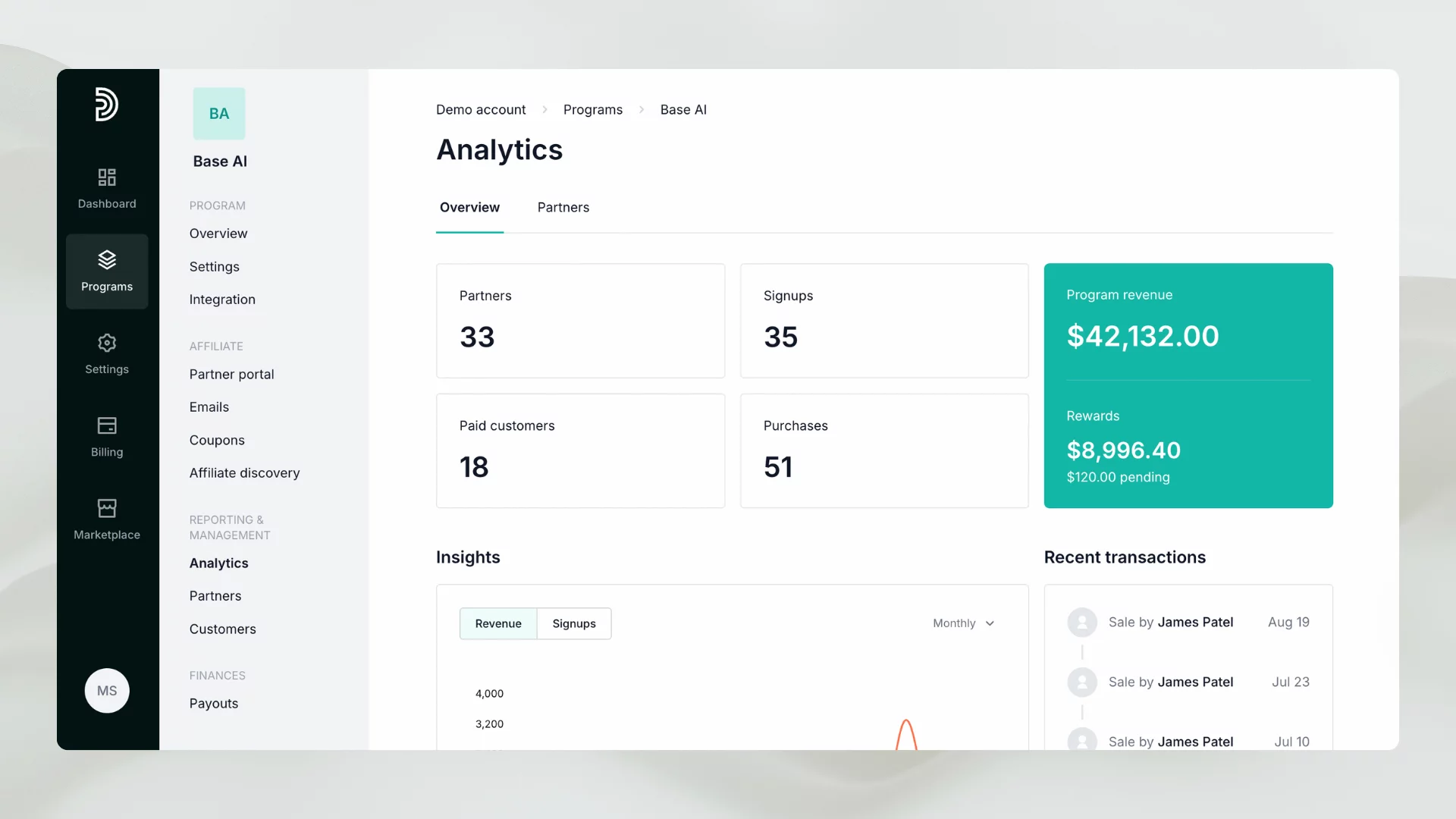
4. Provide actionable training and content
Avoid overwhelming partners with excessive content by providing clear guidance on what training has to be done and how to use training materials. Help your partners learn. Remember that individual workflows may differ; partners are human, after all.
Offer multi-layered training workflows that include audience personas, product demos, sales battle cards, case studies, and content templates. You can even incorporate quizzes to reinforce learning objectives through online training courses. This helps partners gain the skills and knowledge needed to deliver the results you and your team need.
You can add product updates to these courses as your company evolves. This helps with partner engagement, too.
In addition to courses and content, you may want to outline important internal and external protocols that your partners should know about. This depends on the type of business you are running. Create an easy process for this.
5. Establish clear sales and revenue expectations
After training and getting to know the processes and tools at your company, partners can use their knowledge to jump into your business. However, it is important to set clear expectations regarding sales targets, revenue goals, and performance metrics to meet your business goals.
Think of SMART goals. Create goals that are specific, measurable, achievable, relevant, and time-bound. In partnerships, this may look like selling x amount of (product) in your first two months.
Provide partners with a comprehensive overview of your sales process, commission structure, and any incentive programs to motivate partner success. While there may be challenges that new partners face, incentives also encourage determination.
6. Ongoing communication and support
Establish regular communication channels to keep partners informed and engaged. Provide them with dedicated points of contact for sales, marketing, and support. Offer resources such as newsletters, webinars, and forums to foster collaboration and address concerns.
Starting a Slack group might be handy, and you can also create a channel to address any pain points your partners may be facing, just as you would with your customers. While partners are an extension of your team, it is just as important to foster positive relationships with them as you would with your customers. They are your ambassadors, after all.
7. Collaborative environment
Demonstrate your commitment to your partners' success by providing them with quality leads and joint sales opportunities. Many channel partner onboarding processes are collaborative in nature.
While the ultimate goal is for partners to sell independently, they may require assistance pitching your solution and gaining confidence through a few shared victories initially. Collaborate on deals to accelerate the onboarding process and allow partners to practice their selling skills under your guidance.
During this process, you can also offer marketing collateral, campaign assets, and guidelines for joint marketing initiatives. Foster a collaborative environment that allows partners to showcase their expertise while promoting your solutions.
8. Rewarding partner onboarding achievements
Recognize and reward partners for their accomplishments during the onboarding process, especially if they have participated in specialized training. Consider offering rewards such as gift cards, event invitations, or merchandise to incentivize active engagement.
Encourage partners to complete the onboarding process promptly, achieve specific scores in training courses, and successfully complete all training sessions. These rewards motivate and reinforce their commitment to selling your solutions effectively.
9. Arrange regular check-ins
Check in with your partners regularly during and after the onboarding process. Your relationship with your partner matters. This not only allows you to communicate a clear path to mutual success but also makes sure that they can use the tools and training effectively to meet business goals. Is the PRM software easy to use? Are they logging sales into their partnership management platform?
This also allows businesses to make necessary adjustments to the onboarding process or data pipelines if something is not working through partner feedback. This helps to improve partner training for future partners. Both parties can also brainstorm and review data to overcome challenges in selling a product. Identify pain points early so that partners can help your business sooner.
This also allows businesses to ensure partners are adhering to internal policies, especially those regarding governance and compliance. Staying out of trouble with the law makes for good business.
By incorporating these nine components into your partner onboarding process, you can equip partners with the information, resources, and support they need to effectively represent your brand, generate revenue, and foster long-term success.
These are steps to a positive relationship with your partners, and establishing a solid foundation for successful partnerships, driving growth, and maximizing the potential of your business.
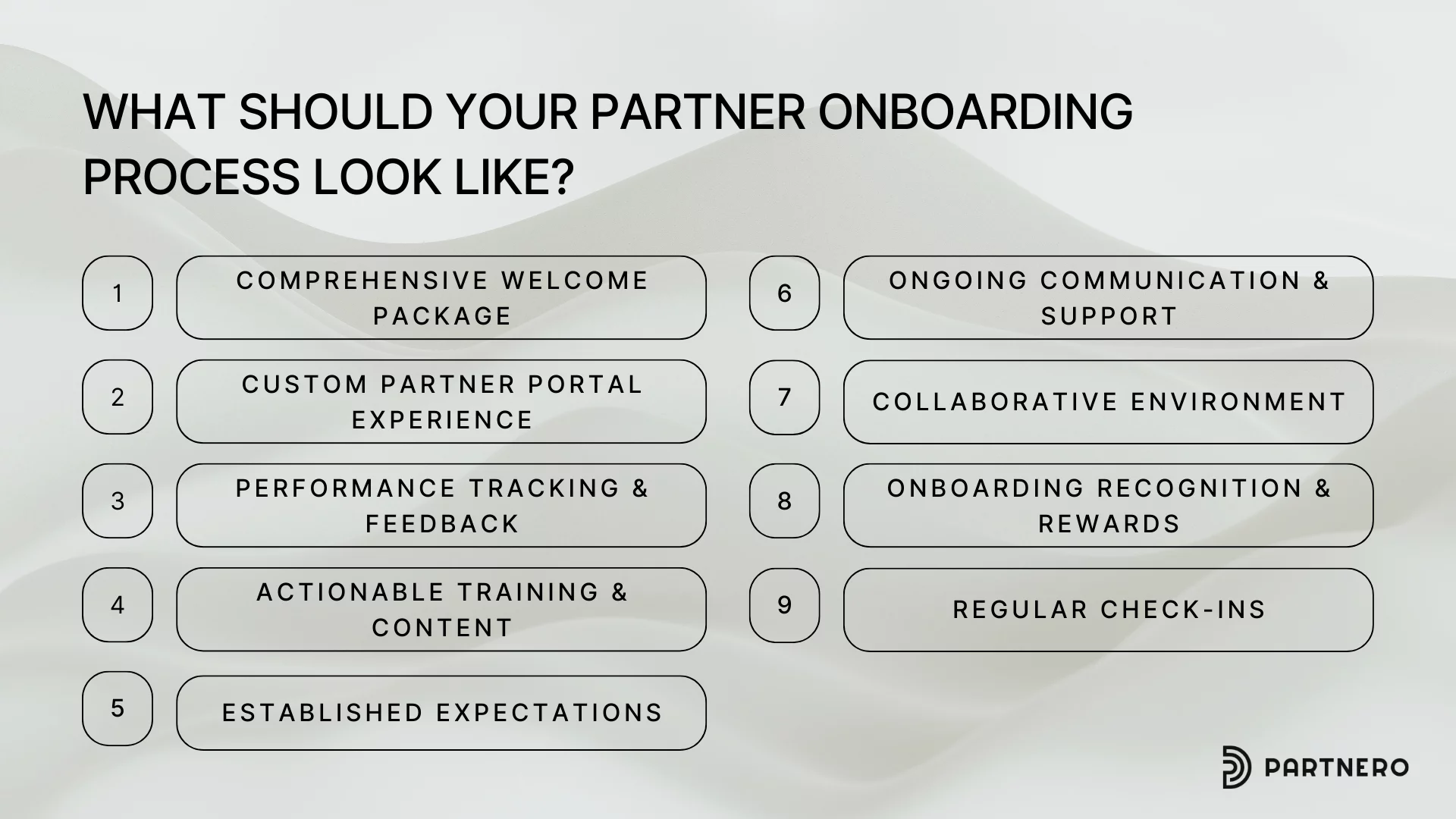
How to evaluate the success of your partner onboarding process
You can measure the impact of training with feedback and reports. In the early days, here are some ways you can evaluate the success of your onboarding process:
Feedback - During your check-ins, ask your partners if they are enjoying the onboarding process.
Surveys - You can add surveys to courses or emails throughout the onboarding process.
Course or Training Completion Rate - Completion is a sign of partner satisfaction.
Partner Engagement Rate - Are they completing their onboarding checklist? Are they logging into their partner portal? If not, how could your business improve the onboarding process and PX?
Onboarding Backlog - Are partners starting the onboarding weeks or months after signing up?
Improve your partner onboarding process with Partnero
Take your partner onboarding process to the next level with Partnero. At Partnero, we want to help you offer the best partner experience (PX) because your relationship with your partners matters from the beginning.
Partnero has all the necessary features, tools, and data for your company to build successful partner relationships. Happy partners = more sales and conversions!
Automate partner onboarding with Partnero
With Partnero, you can automate part of your partner onboarding process. Partnero offers custom onboarding cards. You can share the most important information, contact details, and next steps with this feature.
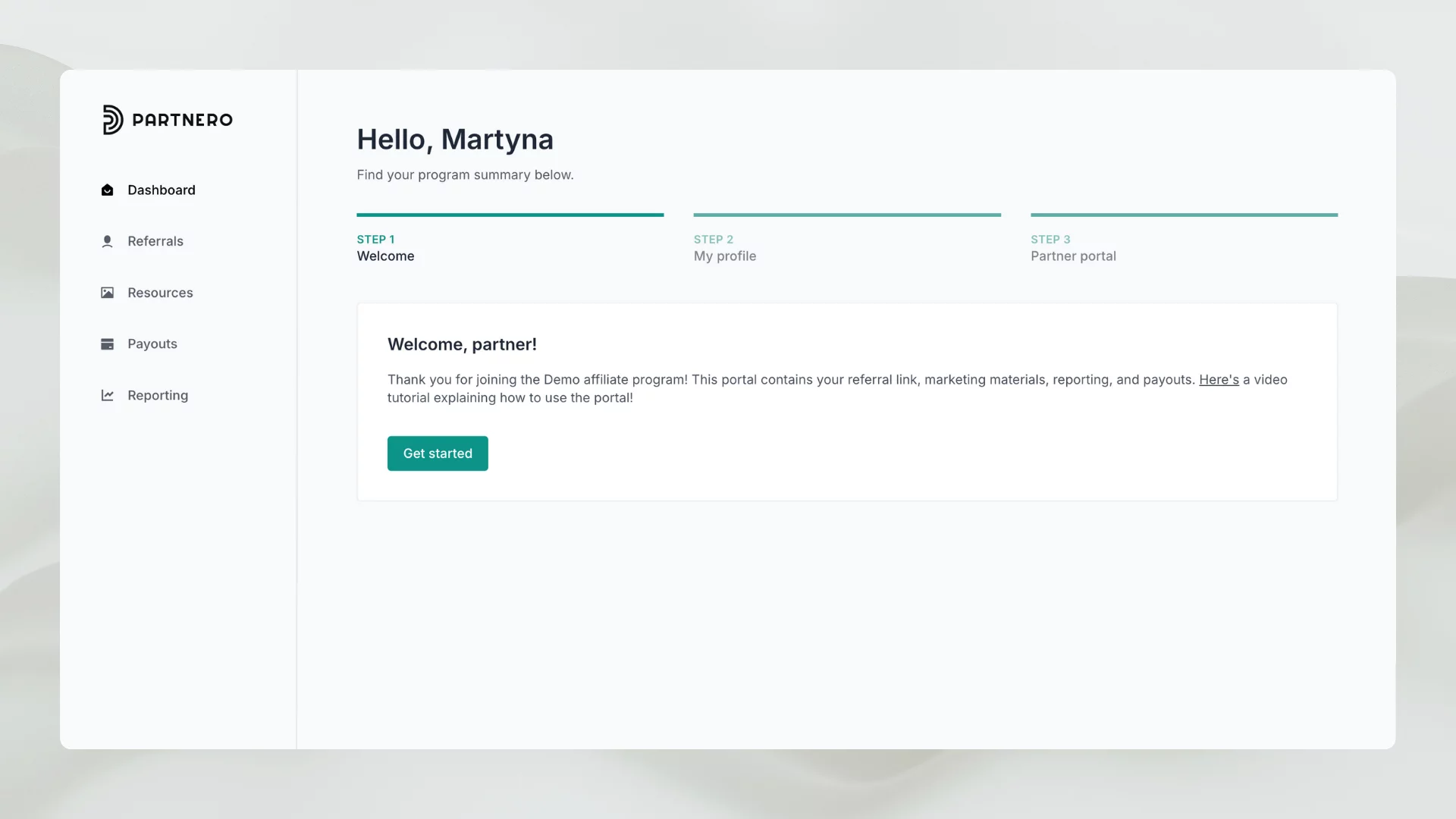
You can also build and manage a partner resource hub on Partnero. Upload sales enablement content, courses, and marketing assets, add descriptions, and update it all at any time, in real-time.
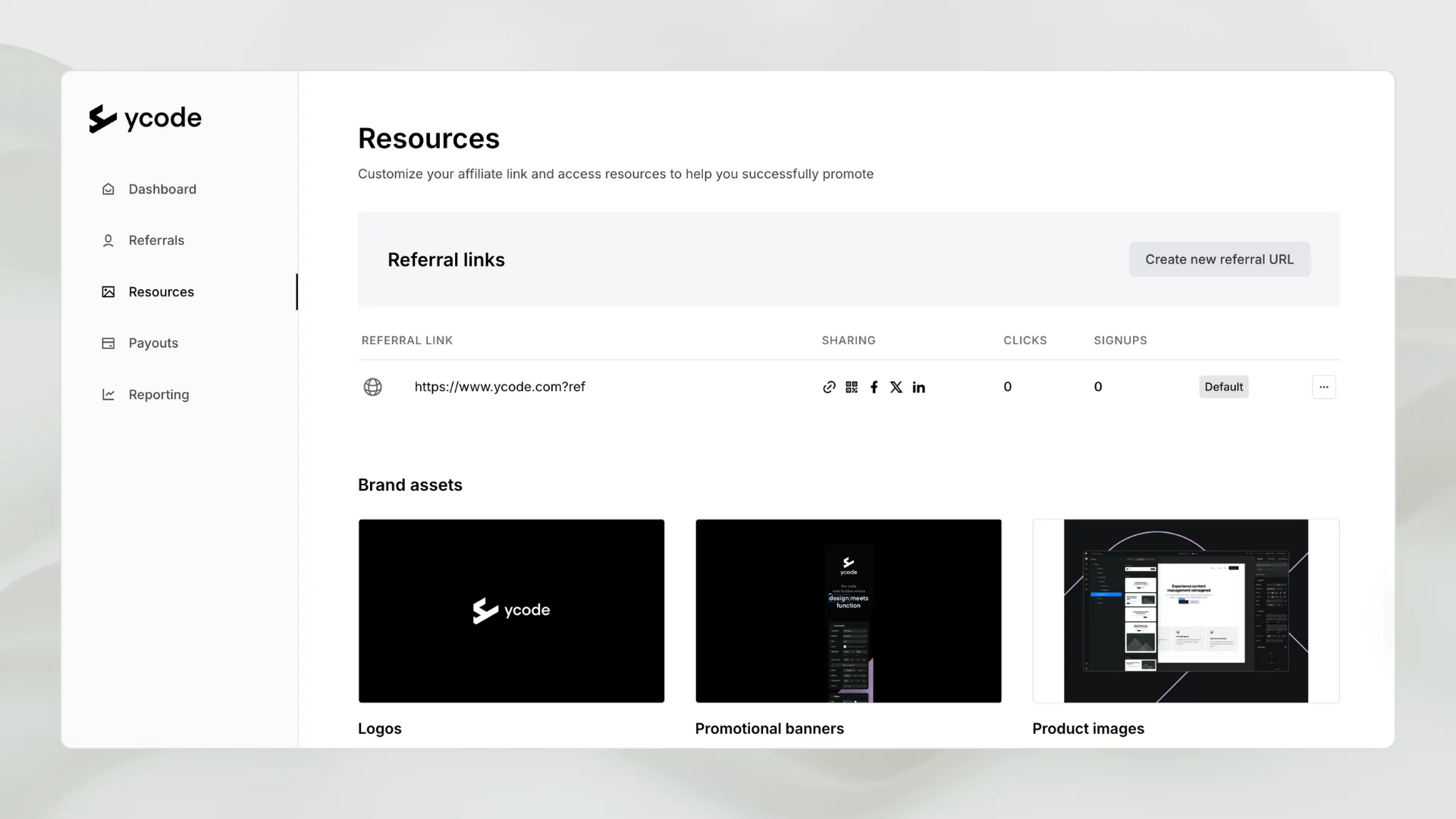
You've gotten this far. Don't underestimate the role of partner onboarding. Partner onboarding can make or break your partner program. Investing time and effort into a comprehensive onboarding process sets the stage for long-term success.
Make sure you also have the right technology for this! Build a structured partner onboarding process with Partnero. Unlock the full potential of your partnerships and pave the way for sustained partner success.